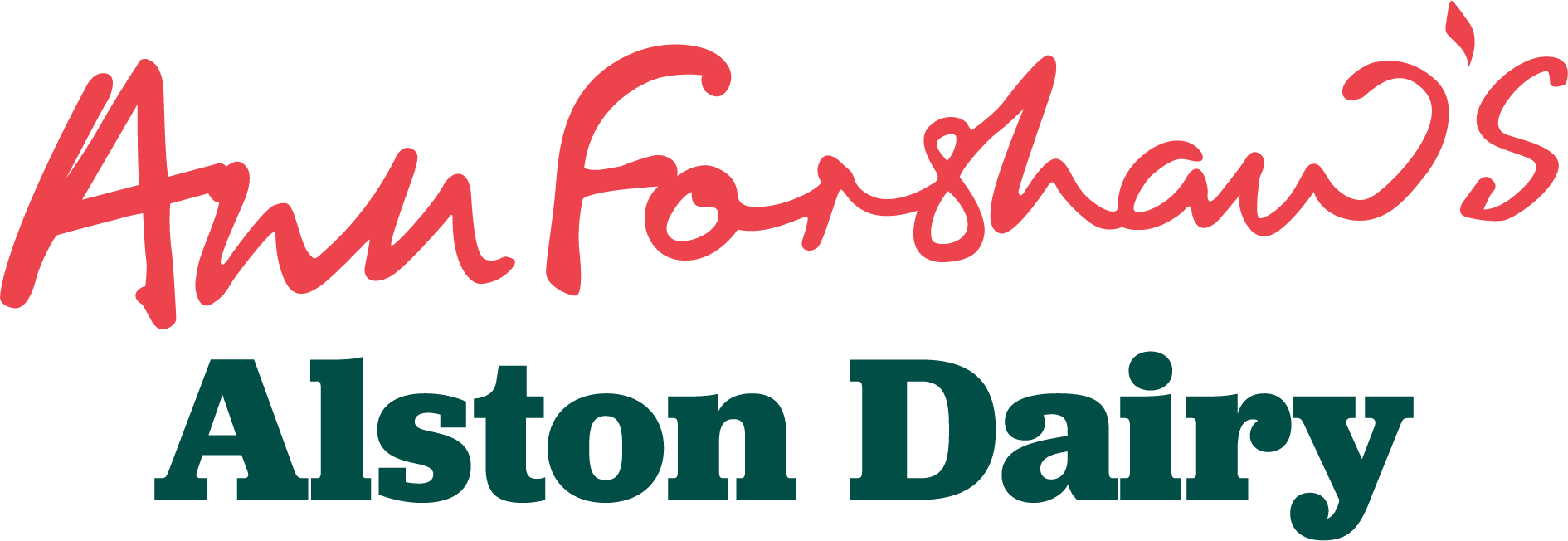About Us
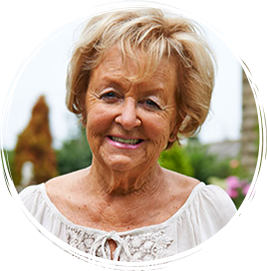 In 1980, Bolton Fold Farm came up for sale. The opportunity to actually own their farmland and house was too good an opportunity for Ann to pass up despite the fact that the interest rates were at 18% and their costs would move from £660 per year in rent to a mortgage of £1,360 per month.
In 1980, Bolton Fold Farm came up for sale. The opportunity to actually own their farmland and house was too good an opportunity for Ann to pass up despite the fact that the interest rates were at 18% and their costs would move from £660 per year in rent to a mortgage of £1,360 per month.
It may have seemed a huge risk but Ann knew the value of the farm and worked on the belief that if it all went wrong they could always sell it. In 1981 Pinfold was also offered for purchase and they said yes to that too.
Not unexpectedly the first few months were a real struggle to the point where something had to be done. “By chance” Ann opened the post one February morning and there was a leaflet advertising a 1 day yogurt making course at Hutton College, Preston. Ann’s knowledge of yogurt at this point was the thick creamy product she bought to eat from the local shop. As a weight watcher she also recognised the importance of low fat and low sugar to that particular audience. Armed with the knowledge from the one day yogurt making course Ann set about making low fat yogurt, sweetened with apple juice using the skimmed milk which at the time was a waste product on the farm from the cream that they made.
Ann tells the story of the early production attempts in such a way that has you laughing all the way through, however I think the reality of the hours of hard work, the failures and continual trying again until the technique was perfected, would have brought about very different emotions at the time, or maybe it was Ann’s sense of humour that kept her going through those early days.
If luck had sent Ann the leaflet on yogurt making it also ensured that the one and only time there was a British food exhibition in Preston it was held that summer. Ann was persuaded this would be the ideal show case for her yogurts but currently there wasn’t a saleable product, a brand or any marketing materials, all the things that usually go with launching a new product. The lack of money and short timelines led to her taking photos from around the farm for the marketing leaflets.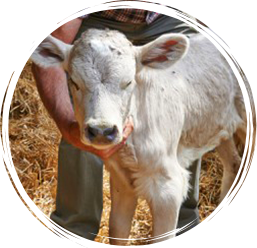
One other slight hiccup was finding out that the paddle wasn’t working in the 30 gallons of milk that were making the yogurt for the show so she had to get into the vat to scoop it all out!
Ann’s practical approach led to making use of what was available so a small farm outhouse was turned into an incubating room at incredible speed, a boiler was purchased on HP and the 10,000 pots of yogurt for the exhibition were filled by hand.
The combination of all of these did lead to fantastic publicity in the Lancashire Evening Post in the lead up to the exhibition which certainly helped get her noticed and led to her selling all of the 10,000 pots.
From this good start Alston Dairy were selling 30 dozen pots a week to small local shops but this was not going to make sufficient money on a long term basis and Ann’s vision always was to aim for the supermarkets. An appointment with local supermarket EH Booths followed to see the dairy buyer Mr Hunter. Ann went with her tray of yogurts, no briefcase or fancy presentation and asked that he try her product in just 2 stores and if they didn’t sell she wouldn’t bother him again.
Her first order was for 20 dozen and in week 2 another order for 20 dozen followed in week 3 Ann decided to do a tasting in one of the shops, over the Thursday, Friday/Saturday she sold 1000 pots in the Lancaster Store and 1200 pots repeating the exercise the following week in the Clitheroe store. Armed with the sales proof she then returned to the buyer and got listings in another 2 stores and within 6 months they were supplying all the Booths stores (24 at the time).
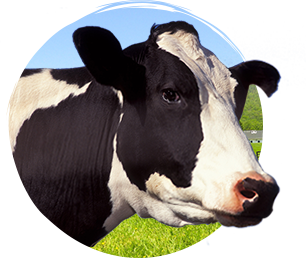 From here Alston Dairy went from strength to strength with listings in James Hall – Spar (one of the largest wholesalers in the area) and moving into the food service wholesalers. Success was not easy though. In the early days Ann would be wheeling the churns and stacking the yogurt for the next day by hand at 11 O’clock at night, every night. There were challenges along the way.
From here Alston Dairy went from strength to strength with listings in James Hall – Spar (one of the largest wholesalers in the area) and moving into the food service wholesalers. Success was not easy though. In the early days Ann would be wheeling the churns and stacking the yogurt for the next day by hand at 11 O’clock at night, every night. There were challenges along the way.
A meeting with their bankers led to the proposal that they should sell some of the land and 40 of the herd to help solve some of the financial challenges they were facing. Ann was not prepared to do that, seeing selling your way out as a slippery slope downwards and actually she needed to find a way to generate more revenue. As a result of that determination the bank gave her another 6 months. Ann, her husband Edward and her sons Stephen and Neil, who provided great support to Ann through the many challenges along the way, discussed on maximising the number of cows in calf and led to the accolade from the bank manager 6 months later, ‘Ann, Edward and Sons, you have done the impossible’.
1996-98 saw Alston Dairy producing 65 pallets a week for Aldi this equated to 80% of the business, high volume but low profit. On the strength of this volume the new dairy was built. Then they lost the business to a German company on price, 80% of the business gone in one go.
2003/04 were very tough years and plenty of sleepless nights but they have worked through it with determination and persistence and are now producing 35 tonnes (25,000 dozen yogurts) a week and have achieved over £3m turnover. The fact that Alston Dairy is still here may have much to do with the firm control Ann has over costs. All products are costed out to the last halfpenny. Wages, running costs, haulage, all can be calculated in terms of cost per half dozen yogurts. Ann has stuck with what she does best, yogurts and making the best yogurts she can.
There is absolutely no sign of retirement as we speak. In Ann’s words “It’s the buzz of getting new orders, it beats a night out any day”.
How it’s Made

Calf
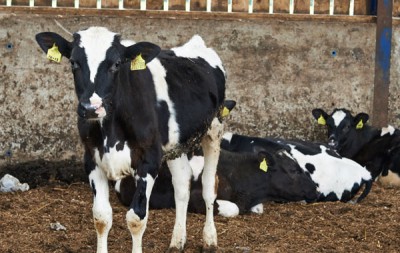
Calf

